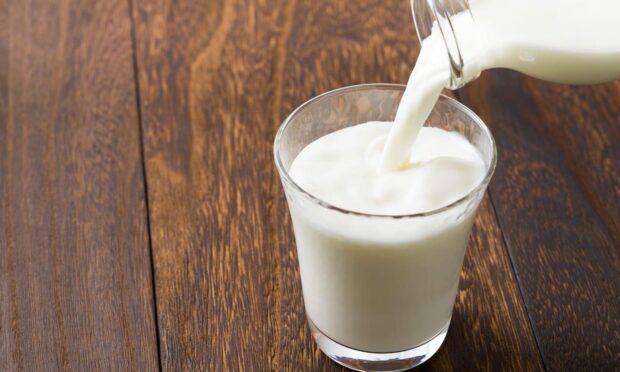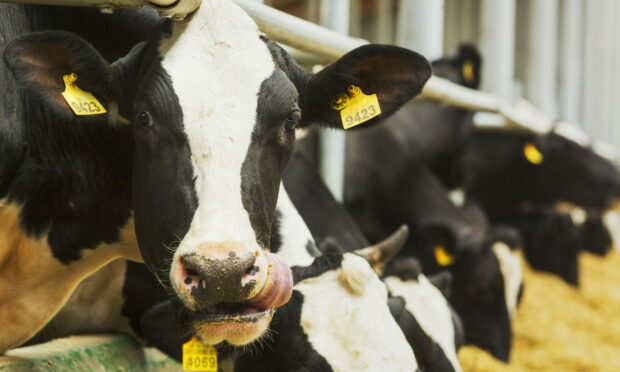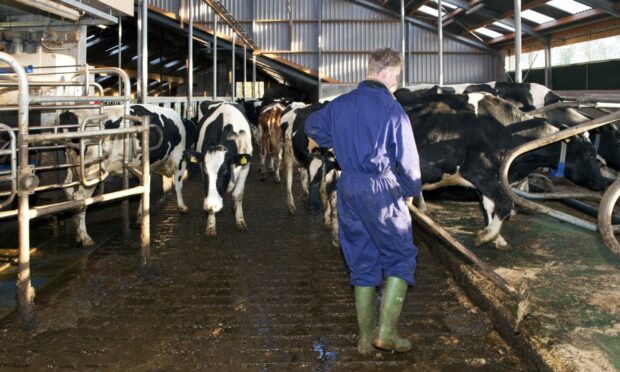Milk price rises are needed to cover increasing input costs, but they must feed back to dairy producers, claim farm leaders.
Industry organisations made the comments following reports the retail price of milk may have to go up by 50% to cover rising costs of production.
Farming union NFU Scotland says increased retail prices for milk must be passed back down the supply chain to farmers, while the Royal Association of British Dairy Farmers (RABDF) warns input costs on farms are rising faster than farmgate milk price increases.
Analysis by farm levy body AHDB shows farm fuel and fertiliser costs were up 38% and 133% respectively year-on-year in February, while feed wheat costs were up 60% on the year in March.
A spokeswoman for NFU Scotland said: “With cattle feed, fuel, and fertiliser topping the scales, any benefit dairy farmers are seeing with increased milk prices are being cancelled out.
“Both retailers and processors are experiencing high-cost increases, however increased retail prices must pass through the chain to ensure that farmers can continue to produce milk, not only at a sustainable level, but to allow for reinvestment on farm which will be critical as the face of dairy farming is changing.”
RABDF vice-chairman, Di Wastenage, said the value of milk – in both nutritional and monetary terms – was underestimated by the vast majority of consumers and it was time milk and dairy products were valued correctly.
Ms Wastenage, who farms in the south-west of England, said although farmgate milk prices had risen in recent months, the break-even cost of producing milk on farms would soon exceed 40p per litre.
She added: “It is also anticipated costs will continue to rise further; as a result, it will be necessary to see the milk price rise too to give farmers the confidence and ability to continue to produce milk and uphold the high levels of animal health and welfare the UK dairy industry is famed for.”
NFU dairy board chairman Michael Oakes, who farms near Birmingham, reiterated the industry’s ongoing plea for fairness in the supply chain.
He said: “Farmers are not responsible for setting the price of milk for the public, so we’re asking for fairness across the whole supply chain to manage these inflationary pressures and to ensure that farmers are being supported through these challenging times.”
Recent farmgate milk price increase announcements were made by Muller and First Milk.
Muller is increasing the price it pays farmers on its Muller Advantage programme by 3.5p to 40p per litre from May 1, while First Milk’s standard litre price is going up by 3.3p to 40.05p per litre at the start of next month.
‘We are calling time on cheap milk’, says Arla boss as farmers’ costs soar


